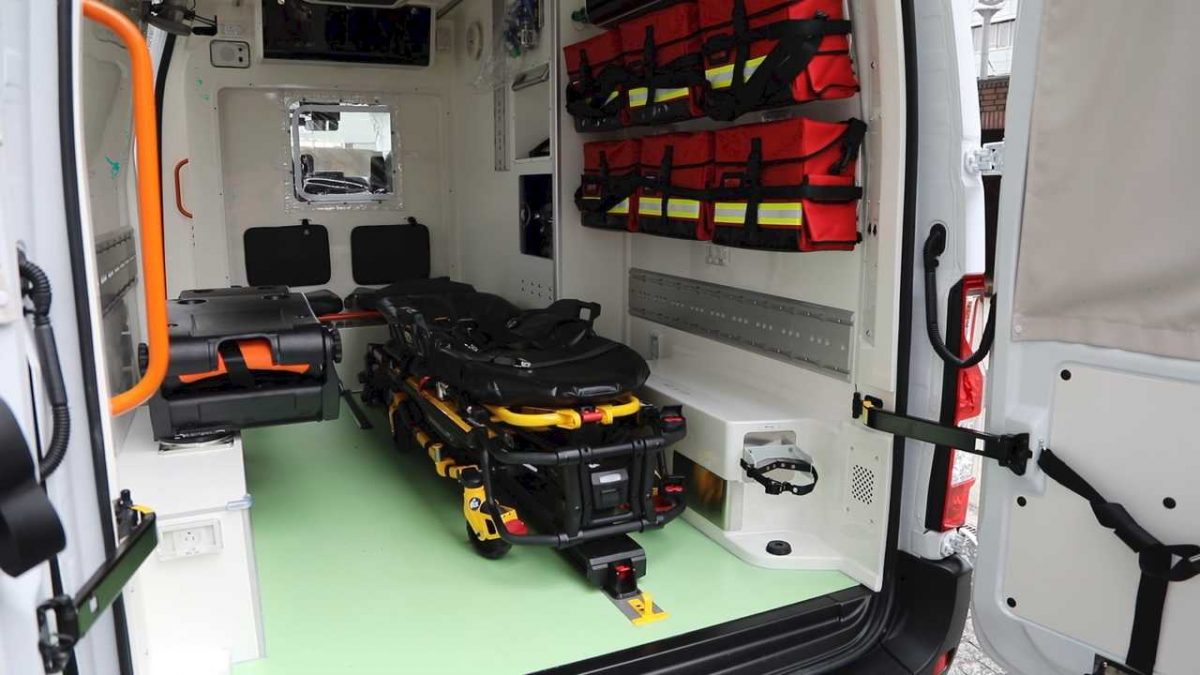Nissan, in partnership with the Tokyo Fire Department and the Tokyo Metropolitan Government, recently deployed an all-electric ambulance based on the Nissan NV400 van.
This first of its kind zero-emission ambulance in Tokyo is equipped with two lithium-ion battery packs – the main 33 kWh traction battery and an auxiliary 8 kWh for on-board electrical equipment and the air-conditioning system, while the electric motor is 55 kW and 220 Nm (peak).
“The Nissan EV Ambulance is equipped with an electric stretcher that enables ease of operations for ambulance staff.
Thanks to its EV powertrain, the noise and vibration levels in the vehicle are significantly lower in comparison with a traditional gasoline-powered vehicle, helping reduce negative impact on patients as well as on staff handling sensitive equipment.”
“Thanks to its EV nature, the Nissan EV Ambulance is a cost-efficient solution from a cost-of-charging and maintenance point of view.”
“The bodywork, executed by Autoworks Kyoto, is compliant with Japanese regulations and designed to meet customer needs. The robust and practical ambulance package was developed by Gruau, a major European emergency vehicle bodywork company.”

Nissan Zero Emission Ambulance
While we fully appreciate electrification of this type of vehicle, it seems a little underpowered and we wonder why the battery capacity and the electric motor power are so low (relatively). Even the smaller Nissan e-NV200 is equipped with a 40 kWh battery and 80 kW electric motor.
The battery seems small, especially if the ambulance would be used as a mobile source of power in the case of a power outage or natural disaster (there is such an option envisioned too, using CHAdeMO inlet), but maybe it’s really enough for the daily service.
Specifications
Length: 5,548 mm; width: 2,070 mm; height: 2,499 mm
Gross vehicle weight: 3.5 tons
Number of crew and passengers: 7
EV motor: max power output 55 kilowatts; max torque 220 Nm
Main powertrain: lithium-ion battery, capacity 33 kWh, charging AC200; maximum 7 kw; normal charge (Type 2)
Battery for equipment activation: capacity 8kWh; charging AC100V 1.5 kW
